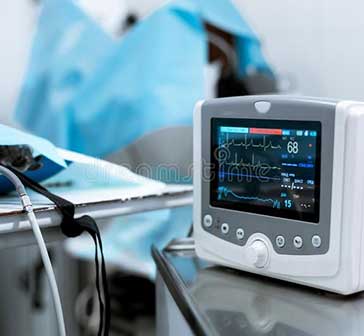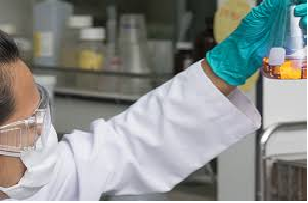
Modern technological advancement has brought about rapid development in medical science. Its influx has an immediate effect on the healthcare industry, focusing more on the collaborative product development process. Medical professionals are relying on digital medical technologies that have enabled remote patient care. As a result, it facilitates better progress with a desirable outcome.
Covid 19 ushered in the new era of remote monitoring and telehealth. With greater access to technology, the officials have successfully managed the crisis better. The doctors undertook integrated attempts to deal with patient health, and as a result, mass treatment and millions of saved lives.
During the Covid 19 pandemic, telemedicine took a giant leap forward. Most importantly, the hospitals are focusing on integrating telehealth services with physical ones. Virtual doctor visits have increased, therefore removing all barriers. Moreover, it has given patients access to emergency care, improve collaboration with the clinic, dialysis center, long-term care facility, mental health treatment service, etc.
Apple released an open-source programming structure – Research kit and Care kit. These are incredible platforms for designers to build healthcare apps that contribute to medical research. In the coming years, you can avail personalized care through data-sharing tools. However, it will help in the early diagnosis of potential diseases.

The invention of the Covid 19 vaccine is an example of the greatest scientific accomplishment. It is speeding of the process happened with regulatory fast-tracking and innovations in medical trials. Similarly, Virtual clinical trials also eased the burden of participation. And introduced new approaches to testing. It facilitated a collaborative method of monitoring antiviral treatment and sharing data.
The medical application of nanotechnology operates on the molecular, supramolecular, or atomic scale. The potential is vast, even for something so small. In addition, Doctors use nanomedicine applications in sensing, imaging, diagnosis, and delivery via medical devices.
Headway in nanotechnology has helped streamline healthcare operations. For instance, a nano pill camera enables doctors to study the body’s insides for better treatment. This is especially helpful in diagnosing cancer.
AI, Big Data, and IoT are the driving factors in healthcare advancement. Above all, they helped open medicinal potentials with accuracy in results. Real-time connections were beneficial for telemedicine; However, more connected devices brought about authentic data streaming. All this revolutionized the healthcare system.
Wearable devices with 5G sensors capture and transmit real-time data. Most importantly, it improved patient monitoring. For example, they can identify patterns of anxiety by detecting heartbeat and blood pressure. The wearables also help with stress management and sleep monitoring.
Another significant future of medical science was 3D printing technology. It enabled the printing of body tissues, veins, pills, artificial appendages, and more. 3D printing enabled the detection of skin tissues with platelets, which further helped in supplanting skin burns.
Alexa and Google Home changed the way healthcare professionals cater to patient needs. Ambient listening and natural language processing capture and analyze accurate health data. Epic and Cerner were two great EHR, or electronic health record systems started with virtual assistants in the software. Patient-doctor conversations were prompted through voice-based commands.
Reputable companies like K R LYNCH are a dealer of modern surgical equipment and accessories, facilitating advanced healthcare that focuses on providing the best-in-class service to patients.
113, Chittaranjan Avenue
Kolkata – 700073 (W B) INDIA
Ph: (+91) (33) 2237 2182
(+91) (33) 2234 8296
Fax: (+91) (33) 2221 6250
Email : [email protected]
[email protected]
Copyright © 2019, K R LYNCH & CO. All RightsReserved. Site Design & Maintained by lnsel.